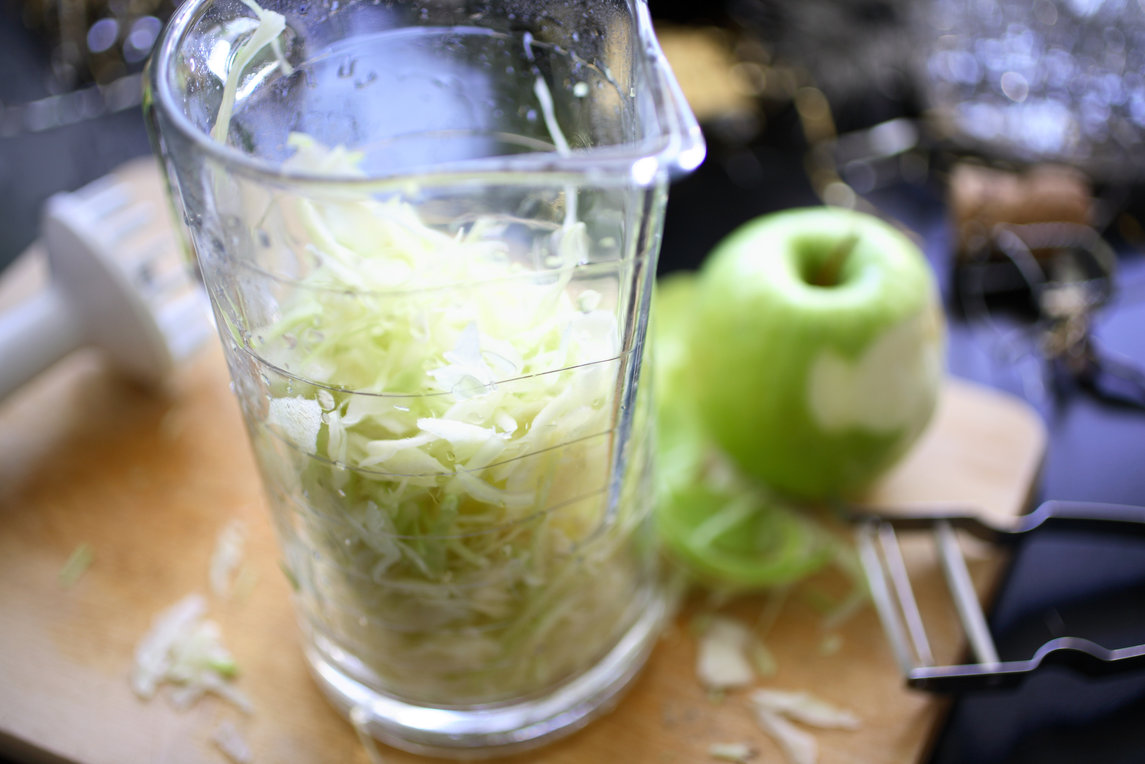
Sneaking In Fruits & Veggies
Fruits and vegetables are superstars of the nutrition world. They provide a significant amount of fiber, vitamins, minerals, and water in our diet. Each of these is important for a healthy body and an active life. High consumption of fruits and vegetables has even been shown to decrease risk for chronic diseases including coronary heart disease (Bhupathiraju, et al. 2013), so these colorful foods deserve their great reputation. Despite all of the reasons to eat them, most people struggle to get the recommended five servings per day. Even as a dietitian, it can be difficult to meet this goal. Variety is the spice of life, and it should be easy with fruits and vegetables because thousands of varieties exist, however many of us get stuck in a rut and end up eating the same few every day.
Here are a few ideas to broaden your repertoire of fruits and vegetable in order to meet your nutrition goals.
- Stir pureed vegetables into sauces to lower the total calories, and increase the fiber, vitamins, and flavor. Pureed cauliflower is barely noticeable in alfredo sauce, or try butternut squash puree in marinara sauce. No time to puree fruits or vegetables yourself? Check out baby or toddler purees at the grocery store for shelf stable options in flavors such as sweet potato & beet or carrot & broccoli.
- Add soft vegetables or leafy greens to casseroles for a nutritious boost and added texture without changing the flavor. Try spinach, zucchini, corn, or kale.
- Substitute part or all of the spaghetti in your favorite dish with spaghetti squash. This easy option provides vitamin A, vitamin C, magnesium, fiber, and only seven grams of carbohydrate per cup.
- When making lasagna, slice zucchini or eggplant in very thin strips and layer over the noodles. Add the cheese filling and sauce and you’ll hardly notice the veggie addition.
- Add avocado to fruit smoothies for healthy monounsaturated fat and potassium.
- Fruit purees can be used in place of oil when baking. Applesauce is the most commonly used in baking, but try prune, pear, or pumpkin for different flavors.
- Blend frozen bananas until creamy and smooth for an ice cream alternative. Stir in chocolate chips or peanut butter for a real treat.
- No time to pack a healthy lunch before work? Pick up a fresh salad or slice of veggie pizza in the Plaza Café for a quick, healthy meal.
- Looking for new inspiration? Check out your nearby farmers market for locally grown produce. Pick out something unusual and ask the grower what preparation they recommend. Extra bonus: you’re supporting local agriculture! Be sure to stop by the UWMC Farmer’s Market. Find the monthly schedule here.
- If your produce tends to shrivel up and wilt before you can eat it, buy frozen or canned to eat at the end of the week and fresh for the first few days after a shopping trip. Just make sure you buy low sodium canned vegetables and fruits packed in their own juice to avoid unnecessary added salt and sugar.
Unsure how it all stacks up? Remember that serving size is a key piece of the puzzle. A breakfast smoothie that contains ½ cup frozen kale, ½ banana, 1 tangerine, and ¼ avocado will have you starting off the day with 1 serving of vegetables and 2 servings of fruit before you even leave the house. Add 1 cup of raw veggies at lunch, ½ cup marinara sauce at dinner, and ½ cup fresh berries for dessert and you’ve exceeded your goal by the end of the day.
Bhupathiraju SN, et al. Quantity and variety in fruit and vegetable intake and risk of coronary heart disease. American Journal of Clinical Nutrition. 2013 Dec;98(6):1514-23.
 Emily Kelley-Brown, MPH, RD, CD is an inpatient dietitian currently transitioning from adult patients to the Neonatal Intensive Care Unit. In her spare time, Emily enjoys riding horses, cooking, and traveling.
Emily Kelley-Brown, MPH, RD, CD is an inpatient dietitian currently transitioning from adult patients to the Neonatal Intensive Care Unit. In her spare time, Emily enjoys riding horses, cooking, and traveling.
This post was originally published in the RD Blog. You can visit the RD Blog and see its archives if you have a UW Medicine ID.